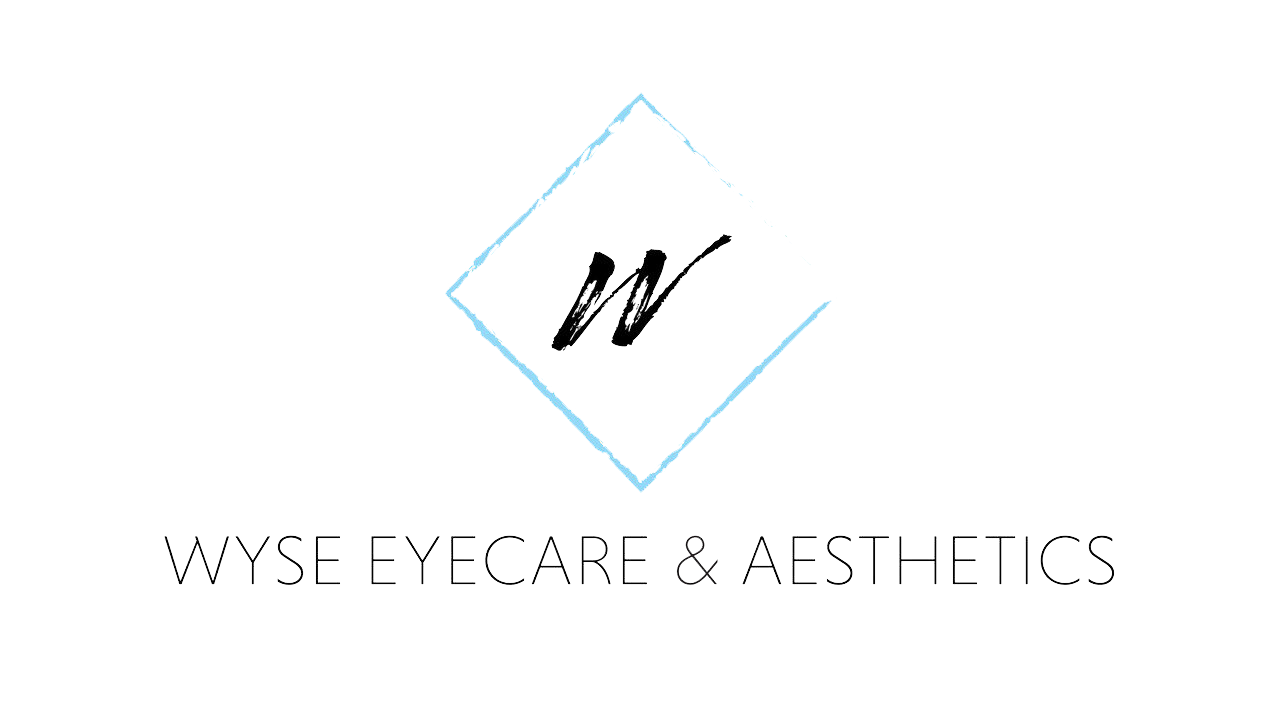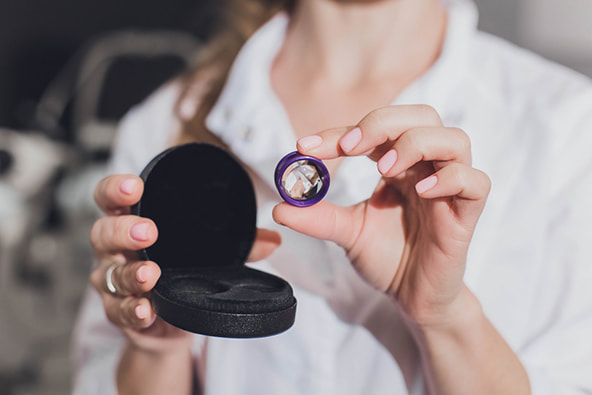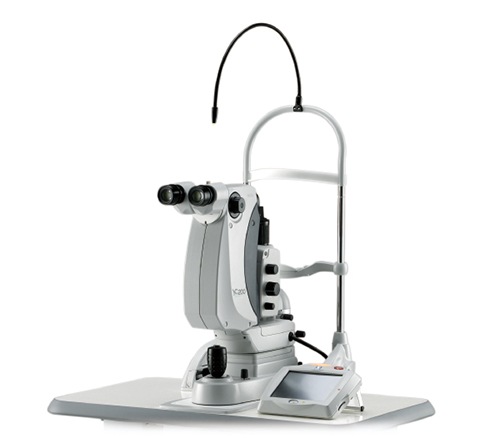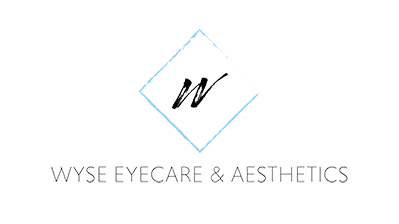Selective Laser Trabeculoplasty (SLT)
What is SLT?
SLT is an in-office procedure that is used to treat glaucoma. This is a painless procedure that takes less than 5 minutes. The patient is sitting upright with his/her chin on a chin rest and the laser is focused with a special contact lens onto the drainage structures inside the eye. The laser causes remodeling of the microscopic drains that drain fluid from the inside of the eye (this fluid is not the same as tears on the surface of the eye). Improved outflow of fluid from within the eye lowers eye pressure and thereby helps control glaucoma. It takes up to 6 weeks after treatment to determine if laser is effective.
Is it better to use glaucoma medication (drops) or SLT to treat glaucoma?
Traditionally in the United States, glaucoma treatment has started with medicated eye drops. Laser was used as a second or third option if drops did not control eye pressure adequately. This model of care has begun to change significantly since a large multicenter study called the LIGHT study was published.
The LIGHT study showed that patients who were treated with SLT first (instead of glaucoma drops first) had better outcomes. The “SLT first patients” maintained lower pressures, were less likely to need additional treatments (additional drops or glaucoma surgery), were less likely to lose visual field, and maintained better vision.
This may be partly because SLT reduces the number of glaucoma drops needed to control glaucoma. Some patients’ glaucoma can be controlled with SLT alone, and those that require the addition of drop medication usually need less drops if they have also been treated with SLT. Because taking drops can be a challenge for patients (cost of the drops, remembering to use the drops, side effects like stinging or redness, difficultly instilling drops, etc.), the relative ease of SLT may partly explain why the “SLT first” group did better. “SLT first” was shown to be less costly for both patients and the healthcare system.
Not all types of glaucoma can be treated with SLT. Not all patients are good candidates for SLT. Glaucoma treatment is always individualized to the patient. SLT may be used as either a first line therapy or can be added when a patient is already taking glaucoma medications. Patient preference also needs to be considered when deciding what treatment should be started.
Are there any restrictions after SLT?
No. There is no “down time” and there are no restrictions after the laser. Patients can resume all of their usual activities. The treated eye may be blurry for 5 to 10 minutes after the laser, but this clears quickly on its own. Most patients are asked to use an anti-inflammatory drop for 4 days after the laser. Patients should stay on any glaucoma eye drops they are already taking unless instructed otherwise.
How well does SLT work?
SLT works in about 70% of patients overall. It may be less effective if the patient has already been on multiple drops for some time. If effective, it can last up to 3 to 5 years. SLT can be repeated as the effect wears off. More recent studies have shown that if the first SLT procedure was effective for a patient, repeat treatment is likely to work again and may last longer in some patients. On average, when effective, SLT can lower eye pressure by 20-30%. This is about as effective as the most effective class of glaucoma medication.
How safe is SLT?
SLT has been used since 1995. Complications are rare and usually mild and temporary. Patients can experience inflammation or a pressure rise after the laser. These are generally mild and brief, and can usually be treated with a short course of eyedrops.
Please call our office if you have any questions about SLT (847-497-2020).
For more detailed information on Glaucoma and how Glaucoma is diagnosed and treated please select a topic below:



